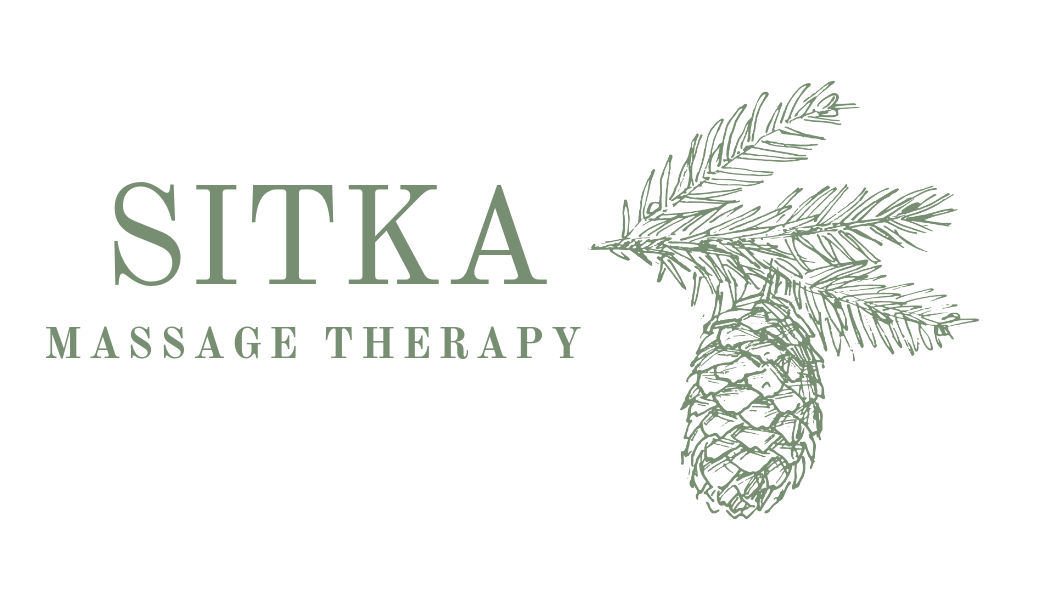Massage therapy for athletes isn’t just a luxury—it’s a critical tool in an athlete’s training and recovery regimen. By utilizing a myriad of techniques, such as Swedish massage, deep tissue manipulation, myofascial release, trigger point therapy, and tailored stretching, therapists can significantly boost an athlete’s performance. These techniques aren’t chosen at random; they’re carefully selected based on the athlete’s individual needs and the demands of their sport.
The overarching purpose of sports massage is threefold: enhancing performance, reducing the risk of injury, and expediting recovery. Athletes can benefit from these massages at various stages—before events to prepare the body, during events to aid in performance, or after events to cool down and facilitate recovery.
The benefits of sports massage are multifaceted. Improved circulation is often cited, which is essential for optimal muscle function as it increases blood flow, delivering more oxygen and nutrients while also flushing out metabolic wastes. Flexibility gets a boost too—massages can enhance joint flexibility and range of motion, which are critical for peak athletic performance.
Pain reduction is another key advantage. Sports massages work out muscle tension and soreness, thus alleviating pain and enhancing comfort during training and competition. This aspect alone can make a significant difference in an athlete’s ability to perform consistently.
But perhaps one of the most valuable benefits is injury prevention. Regular massage sessions can help identify potential issues before they escalate into serious injuries, saving athletes from downtime and aiding in long-term physical health.
Lastly, the power of relaxation shouldn’t be underestimated. Mental stress can negatively impact physical performance, and massages are known to promote relaxation and reduce stress levels. This psychological benefit complements the physical advantages, contributing to an athlete’s overall well-being and success.
